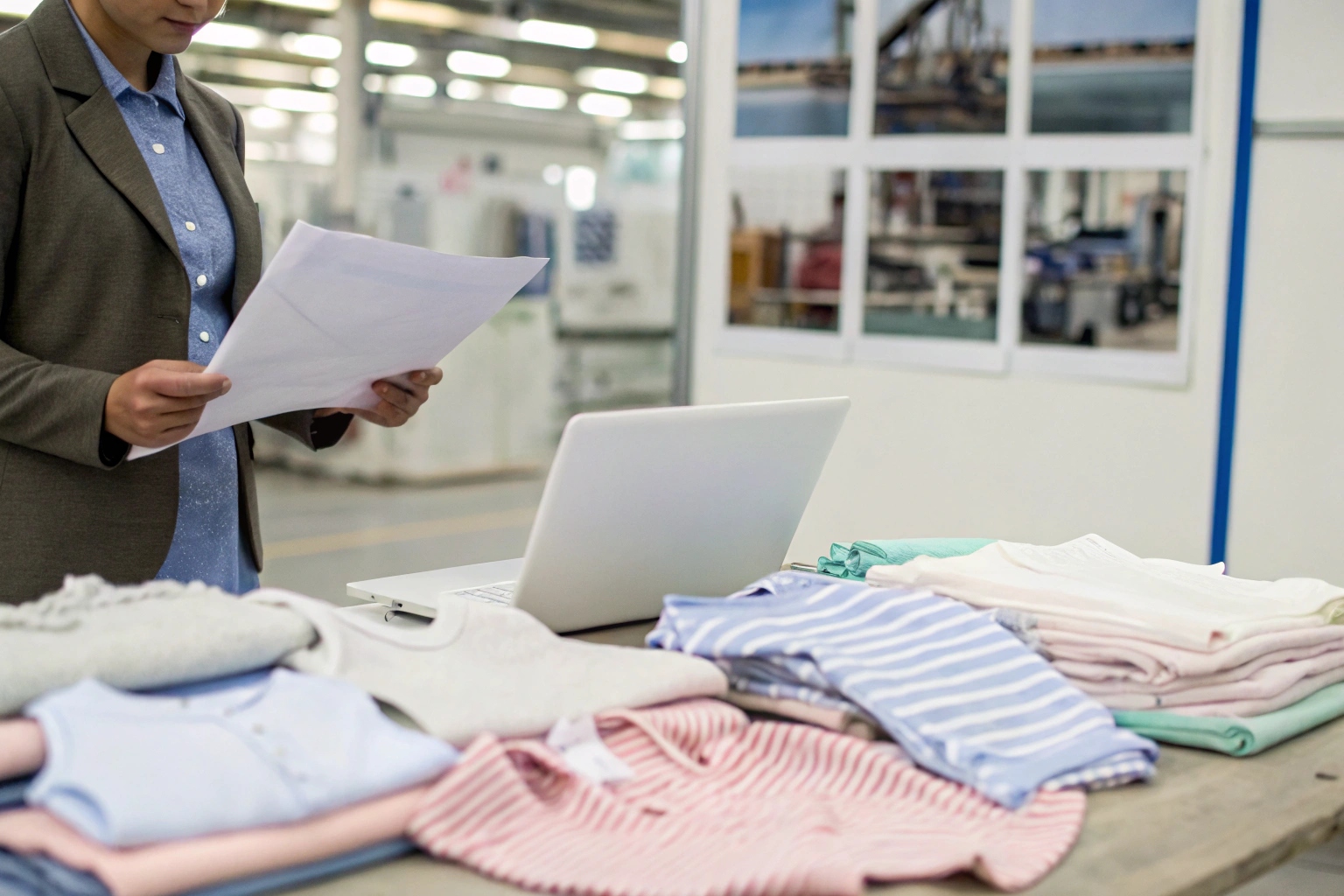China is the world’s biggest hub for kidswear production—but finding the right supplier can feel like finding a needle in a haystack. There are thousands of options, but not all are reliable, efficient, or suited to your brand needs.
To find kidswear suppliers in China, start with trusted B2B platforms, verify the factory’s background, communicate clearly, and understand local production rules around MOQ and lead times.
Here’s how I guide brands through sourcing in China with confidence—from search to first shipment.
Best Online Platforms to Source Chinese Kidswear?
If you search “kids clothing supplier China,” you’ll get millions of results. But only a few platforms are built for serious sourcing—and even fewer focus on factories, not traders.
The best websites for sourcing kidswear in China include Alibaba, 1688, GlobalSources, Made-in-China, and supplier lists from kidswear trade shows.
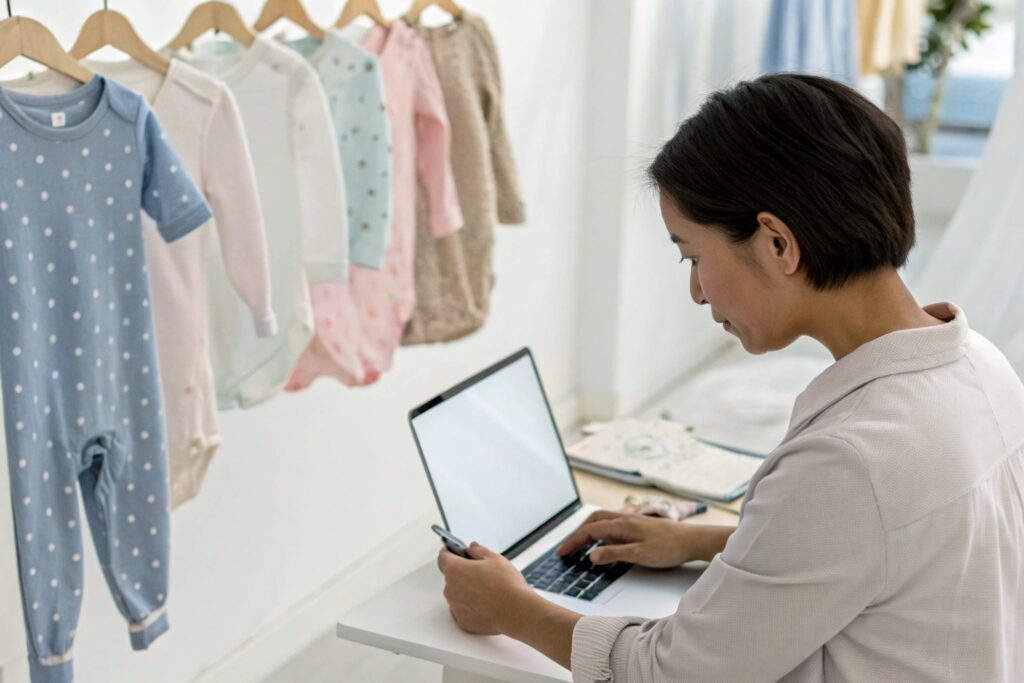
What are the top platforms for serious B2B kidswear sourcing?
| Platform | Language | Best For | Notes |
|---|---|---|---|
| Alibaba.com | English | Global B2B wholesale | Verified suppliers, trade assurance |
| 1688.com | Chinese | Local market pricing | Needs Chinese speaker or agent to use |
| GlobalSources.com | English | Mid-/high-quality factories | Trade show exhibitors, more export-ready |
| Made-in-China.com | English | Broad apparel sourcing | Detailed filters, certifications shown |
| CBME Exhibitor List | English/Chinese | Verified baby/kidswear suppliers | Focused on baby clothing brands and OEMs |
1688 offers the best prices but requires fluent Chinese or sourcing agents. For most international buyers, Alibaba and GlobalSources are the easiest starting points.
Pro tip:
Search with keywords like:
- “Custom babywear manufacturer”
- “Kids clothing OEM China”
- “Organic cotton toddler clothes factory”
That filters out generic sellers and brings you closer to real producers.
How to Verify a Kids Clothing Supplier in China?
Not every supplier is a real factory. Many are middlemen, and some exaggerate their capabilities. Verifying the supplier’s background is essential before placing orders.
To verify a kidswear supplier, ask for factory documents, confirm certifications, request video tours, and research their business license.
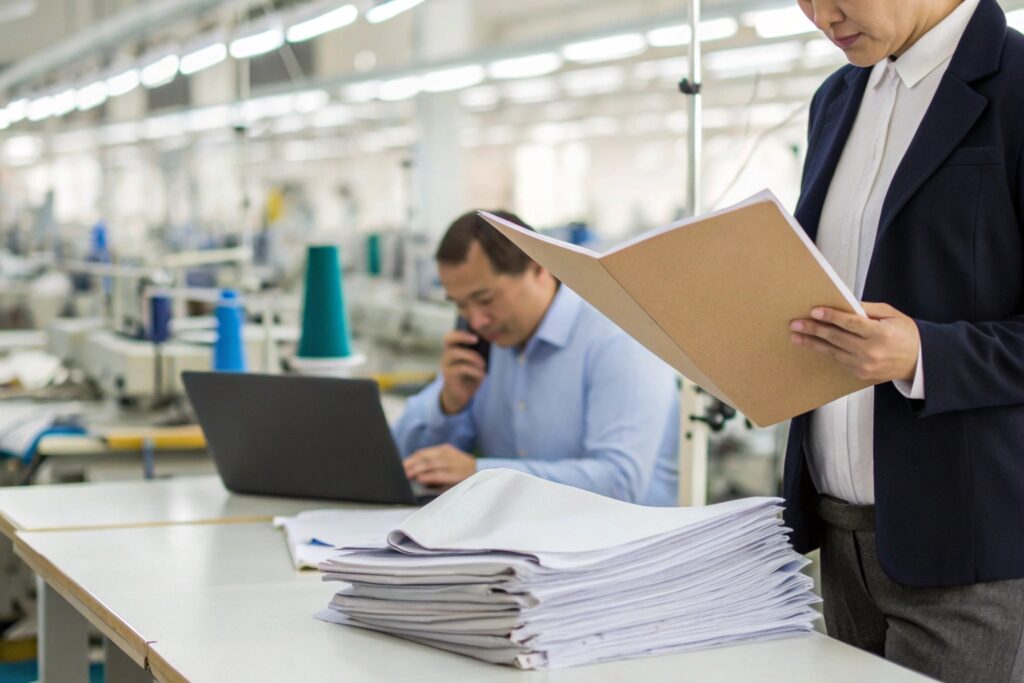
What steps do I take to verify if the supplier is legit?
- Check business license: Ask for their Chinese business license and cross-check it using government databases or with a sourcing agent.
- Request factory photos or videos: Real suppliers can show their workshop, sewing lines, and office setup.
- Ask for past export references: See if they’ve worked with brands in your market.
- Verify certifications: Look for OEKO-TEX, BSCI, GOTS, or ISO if you need safety or ethical production.
- Run a sample order: Test quality, fabric, sizing, and communication.
Here’s a checklist:
| Verification Point | What to Look For |
|---|---|
| Factory license | Registered in China, matching address |
| Product catalog | Real kidswear samples, not stock photos |
| Customization ability | Logo, label, packaging samples shown |
| Communication | Fast, clear replies in working English |
| Sample timeline | Ships sample within 10–15 days |
Red flags to avoid:
- Refusing to show any factory images
- Too many product categories (babywear + electronics = trader)
- No clear MOQ, no price structure, vague answers
A reliable kidswear factory will proudly share details—and ask smart questions in return.
Tips for Communicating with Chinese Manufacturers?
Language and cultural differences often cause delays or misunderstandings. To work efficiently, you need to keep your messages simple, clear, and focused.
Effective communication with Chinese suppliers means using clear English, structured questions, visual references, and confirmed timelines.
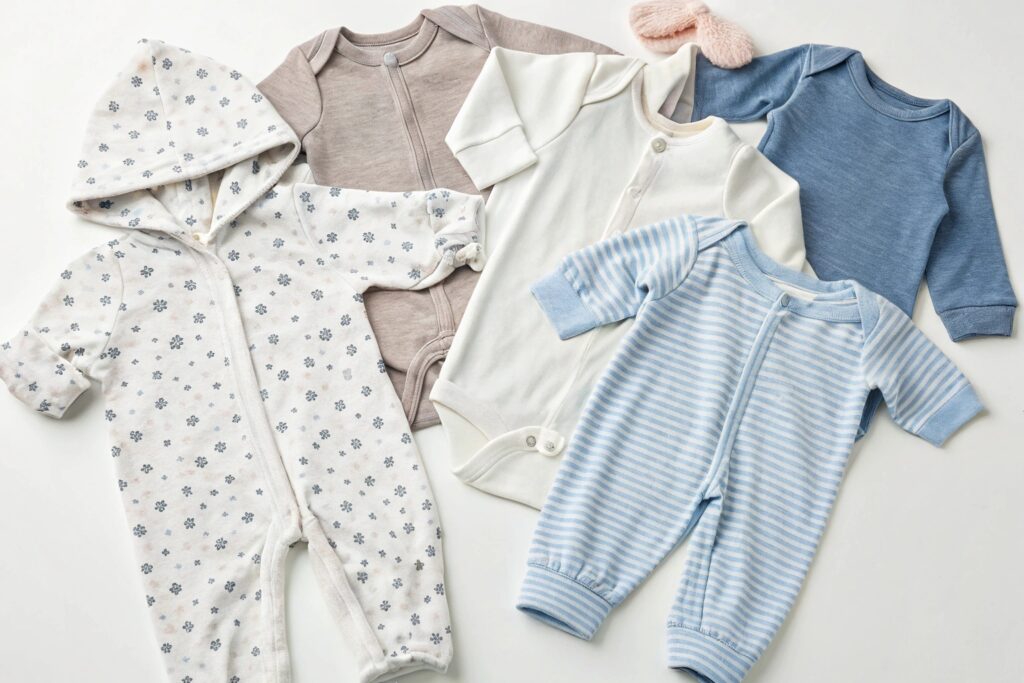
How can I make sure my messages are understood?
Use short sentences, no slang, and structure like this:
Subject: Kidswear Sample Request – Organic Romper
Hello [Factory Name],
I am looking for a kidswear supplier for our new collection.
✔ Product: Short-sleeve baby romper
✔ Fabric: Organic cotton, 180–220gsm
✔ Sizes: 3M, 6M, 12M
✔ Quantity: 500 pcs/style
✔ Print: 2-color screenprint
✔ Label: Custom woven brand tagCan you make samples? What is your cost and lead time?
Thank you.
Use PDFs, photos, and tech packs to explain styles. Label images clearly—“Front view,” “Back neckline,” “Print position.”
Best tools to use:
- Email: For formal orders, pricing, and sample quotes
- WhatsApp or WeChat: Fast updates, real-time feedback, photo/video sharing
- Google Sheets: For size breakdowns, PO tracking, and comments
- Video calls: Use Zoom or Skype if you want to build rapport
When both sides understand, production flows smoothly.
What to Know About MOQ and Lead Times in China?
Even if the supplier is good, your order needs to match their capacity. MOQ and lead time vary depending on fabric, season, and factory size.
Most Chinese kidswear suppliers have an MOQ between 300–1000 pcs per style and lead times from 30–45 days after sample approval.
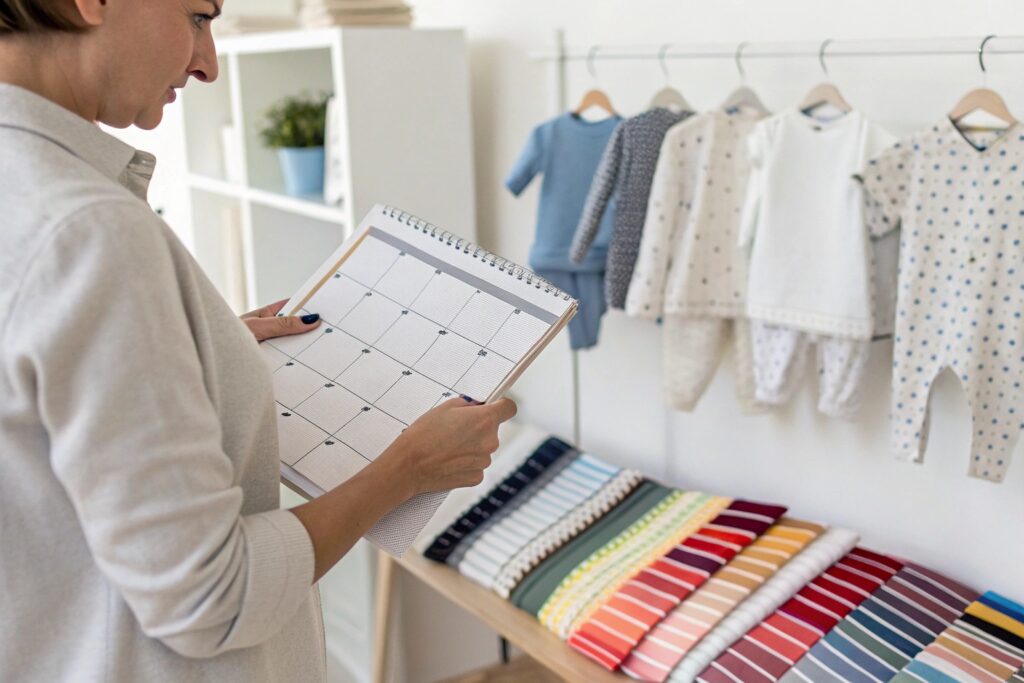
What’s the typical MOQ for babywear?
| Item Type | MOQ (Approx.) | Notes |
|---|---|---|
| Basic bodysuits | 300 pcs/style | Lower if using stock fabric |
| Rompers/sets | 500 pcs/style | Depends on printing or trims |
| Jackets/coats | 800+ pcs/style | Higher due to complex sewing/fabric |
For color or size breakdowns, ask if MOQ applies per color or per style. Some factories allow 3–5 sizes within the MOQ.
What about lead time?
| Stage | Time Needed | Details |
|---|---|---|
| Sample development | 7–15 days | Faster if fabric is in stock |
| Bulk production | 30–45 days | Starts after sample approval + deposit |
| Shipping | 10–25 days | Depends on air vs. sea freight |
How can I speed things up?
- Use stock fabric if you don’t need custom dye
- Approve samples quickly
- Confirm artwork in the first message
- Ask about rush fee if time-sensitive
Conclusion
Finding a kidswear supplier in China isn’t just about searching—it’s about filtering, verifying, and communicating the right way. With the right tools and steps, you can build partnerships that grow with your brand and deliver consistent quality.

